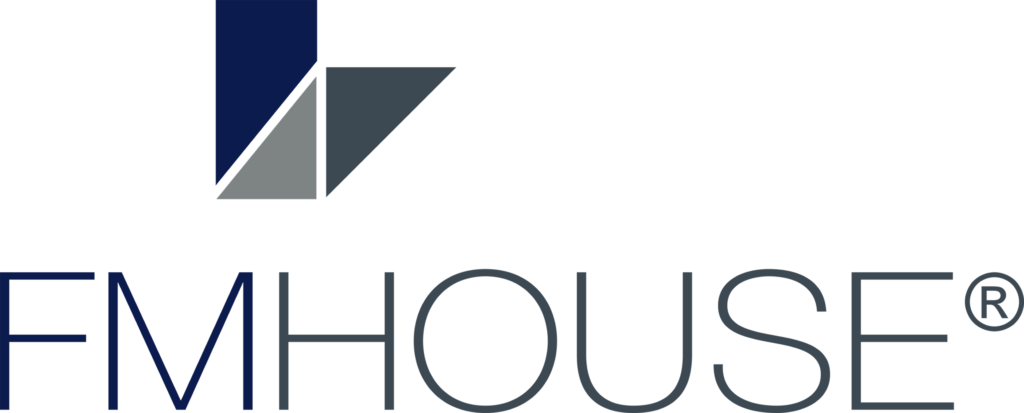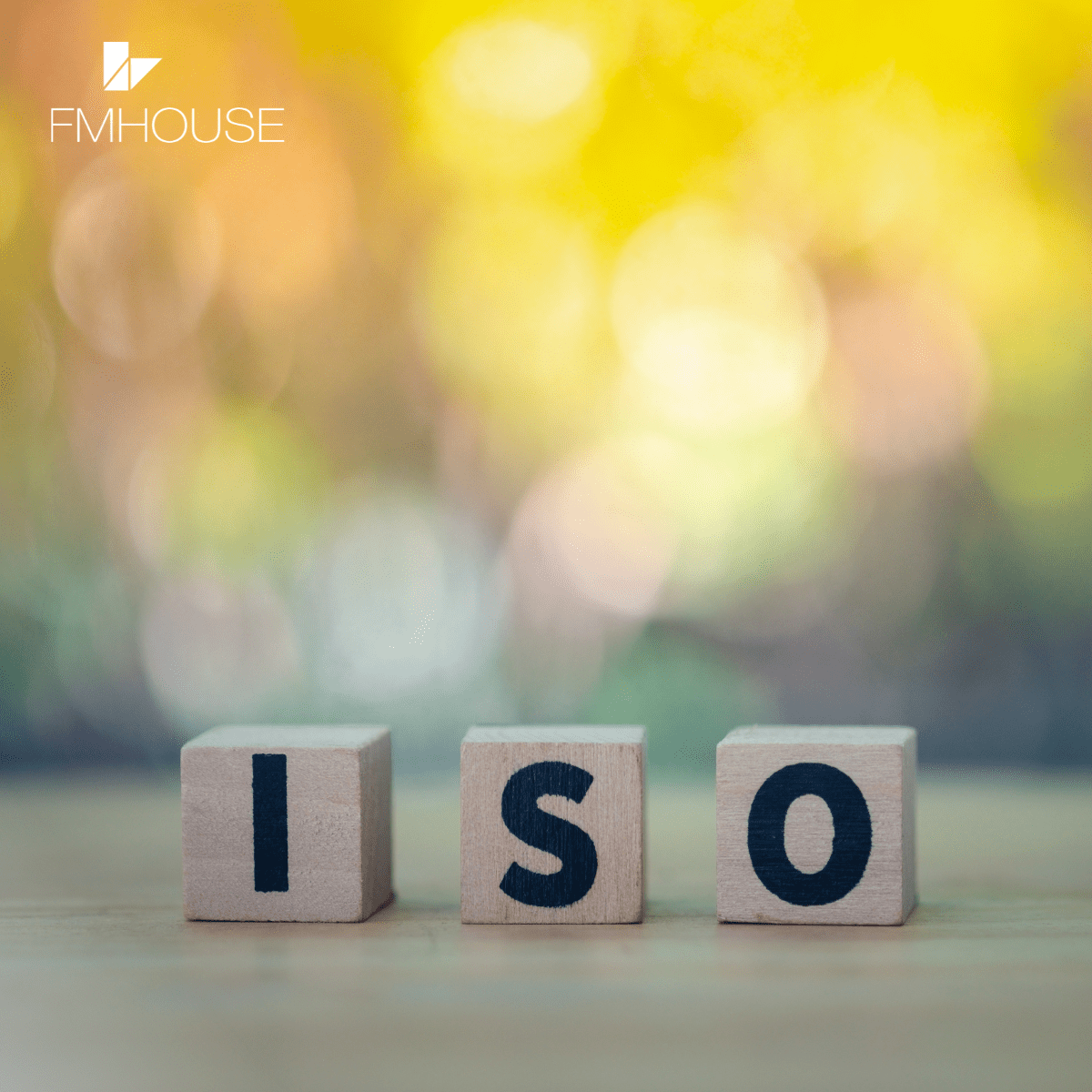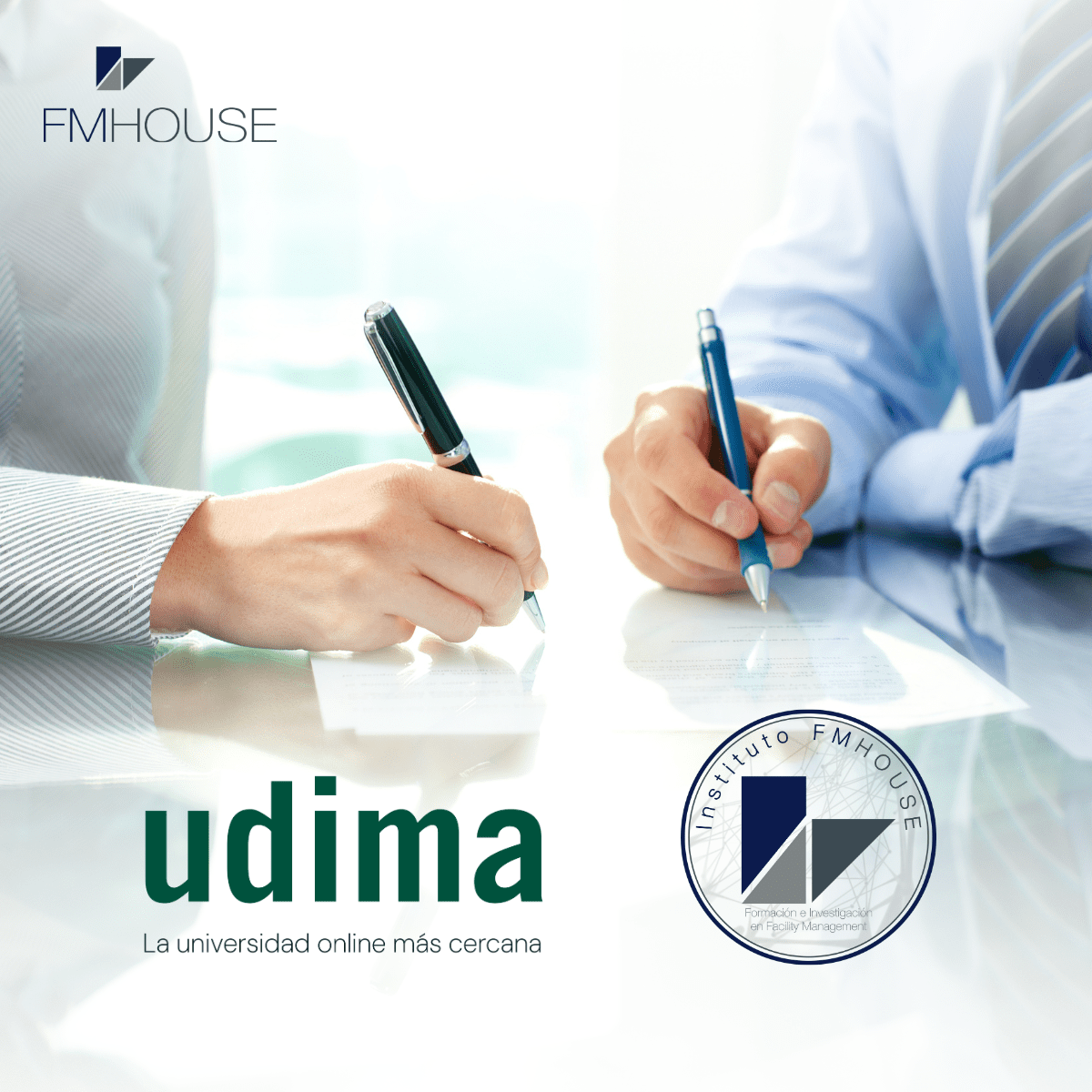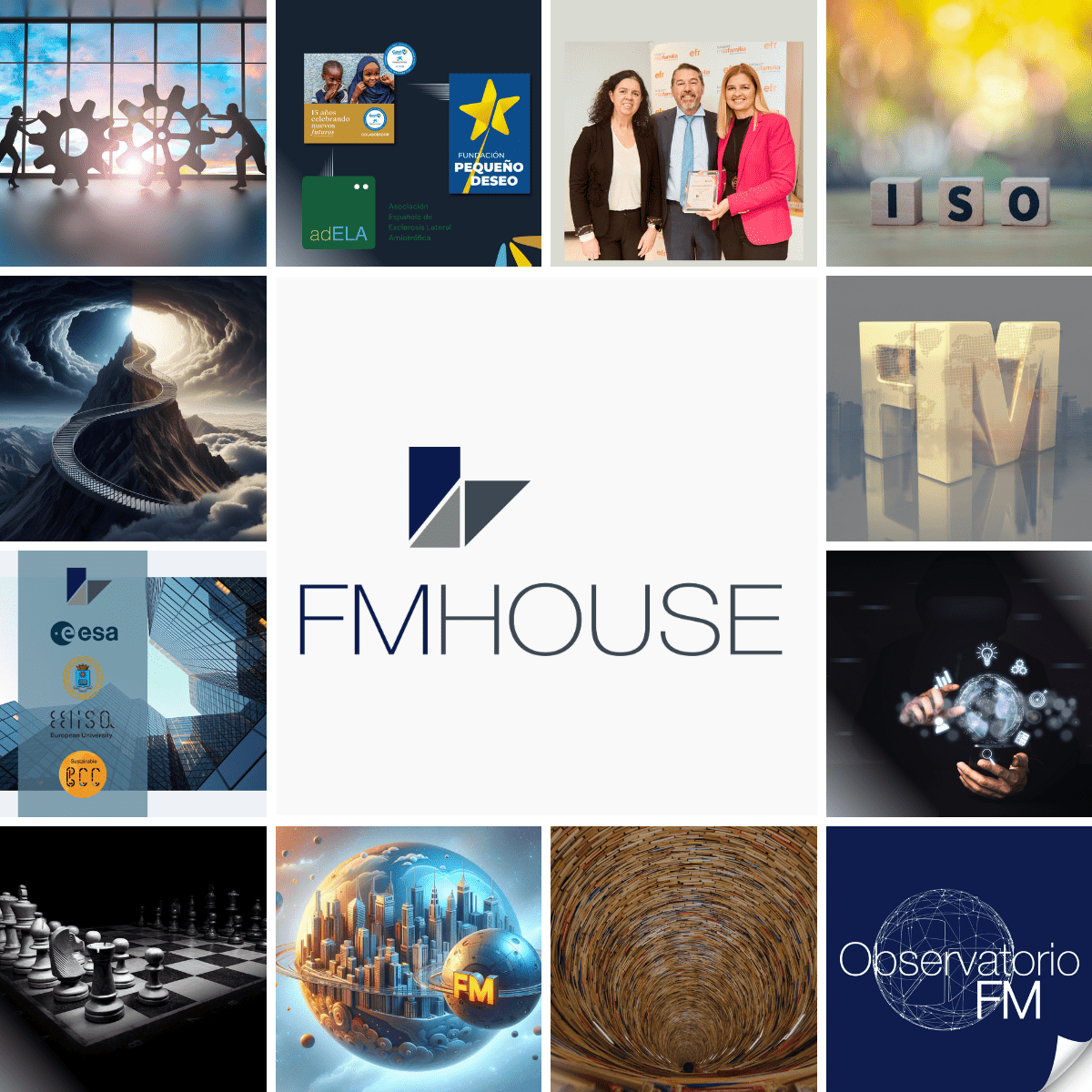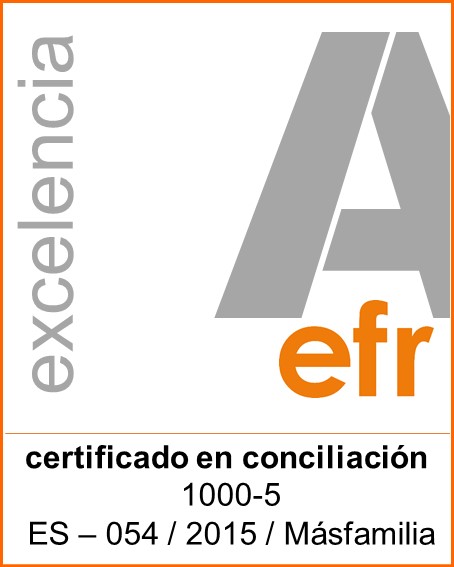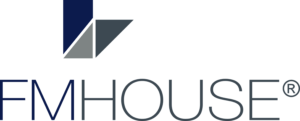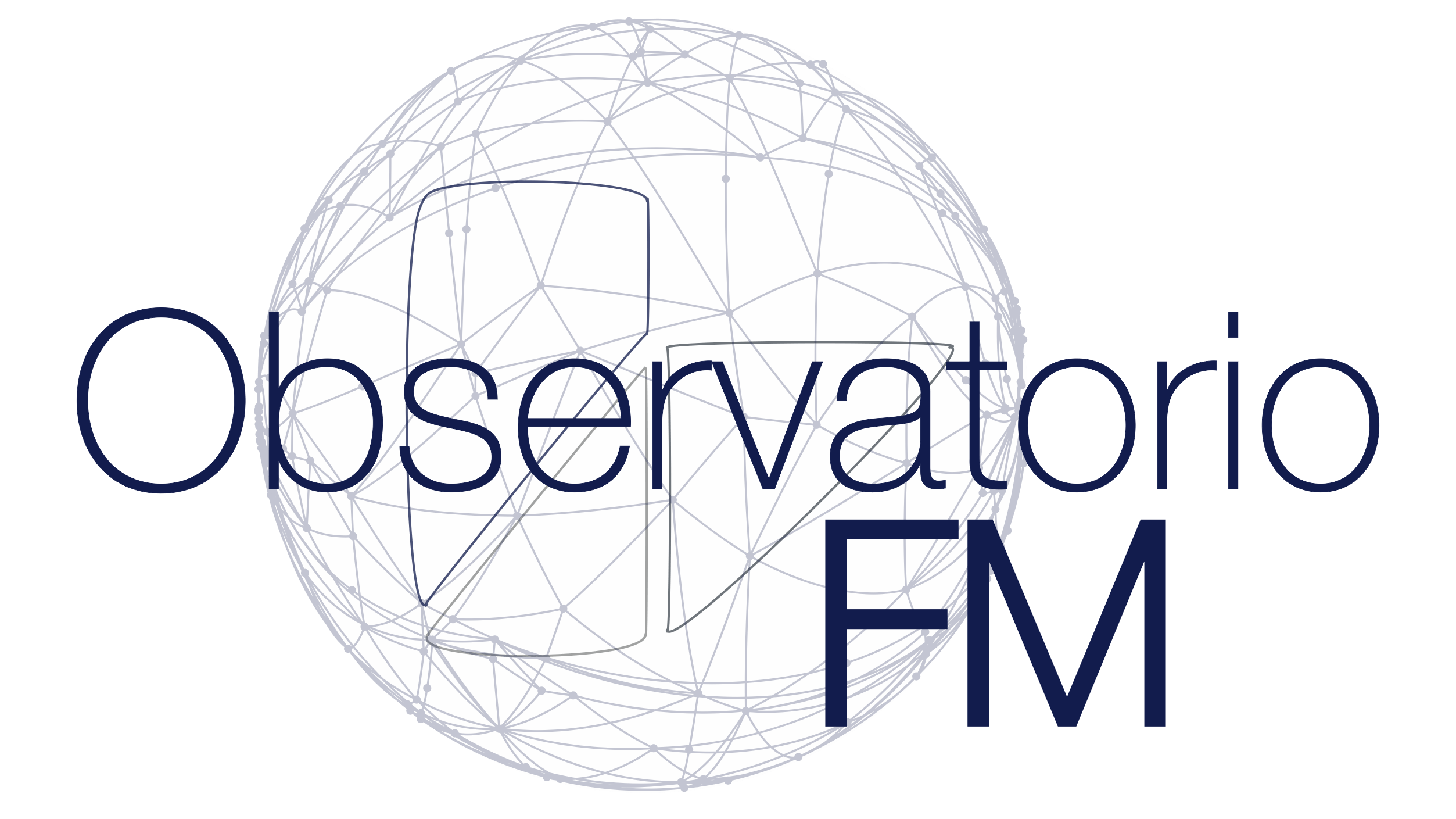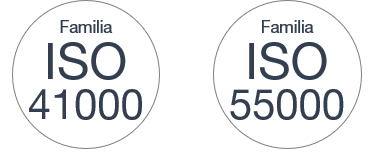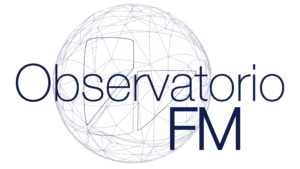In 1951, ISO/R1 was published, the first international standard used for industrial length measurements. Nearly 20,000 standards have been released since then, although the first one that always comes to mind is “ISO 9000,” which many companies have. This is a certification in the quality management system, specifically described in ISO 9001. There are fewer than 20 certifiable standards covering areas such as energy, sustainability, or security. In 2018, one of Facility Management joined this select group, ISO 41001.
Contribution to the Process
At FMHOUSE, we have been working for 20 years, first in the development of European standards, the EN-15221 series, and then in the family of international ISO-41000 standards. This positions us as a reference in the knowledge of the scope of standards. In fact, we advise various standardization bodies when they have doubts about any interpretation of the content. Since its publication, we have helped a dozen companies with consultancy and pre-audit to be accredited with ISO 41001. Among the clients, we have service providers and end customers, from local companies to global groups. Perhaps few companies in the world have completed as many consultancy projects in FM standardization as we have, so we wanted to share our experience.
Starting Point
Each project is different depending on several factors. The first thing to consider is the reason why the organization is considering certification. We always carry out a prior exercise of alignment of needs to ensure that the result obtained will fully cover the objectives set. The next condition that shapes the approach is the type of company because it is very different if it is an end customer or a service provider. There are differentiating aspects for each case, and the combination of this factor with the objectives will determine the strategy to follow. Then the organization’s previous experience in implementing this type of model must be considered. It is not the same as the first time, as having an organizational structure aligned with the requirements of an ISO management system, and even less if it is already a High-Level Structure (HLS) standard like ISO 41001 for FM. The complexity of the organization in aspects such as geographical dispersion or building typologies may seem like a determining factor, but what impacts is what we want to include in the model to be evaluated. A large and complex company that wants to include a service in a country will be easier to certify than a smaller one but wants to incorporate all services for various types of buildings.
Main Scenarios
The price of achieving ISO 41001 certification consists of two elements: the first is the cost of preparing the model, and the second is the certification body’s fee for conducting the final audit. In the first part, the multiplier is the consulting hours needed to develop the management system. Recertification costs should be taken into account, as with any other similar standard. In our experience, the two factors that most impact the resources needed to develop the model are, on one hand, the current situation regarding existing certifications and, on the other hand, the complexity of the scope of the system to be defined. The simplest scenario that may take a few weeks of work is if the company already has some certifications in other ISO standards, and even more so if they are HLS (9001, 14001, 45001, 50001, etc.), and if the scope covers few services in a delimited portfolio. Conversely, if the company has no implemented standards and the scope includes different services in a dispersed portfolio of properties in various countries’ districts, for example, the work can take several months to develop. Once the model is defined and the internal audit is done, we propose one certifier or another depending on the country, but also on the complexity of the project, and their fees are practically fixed. If you want more information or are considering certification, do not hesitate to contact us.
In our experience, the two factors that most impact the resources needed to develop the model are, on one hand, the current situation regarding existing certifications and, on the other hand, the complexity of the scope of the system to be defined. The simplest scenario that may take a few weeks of work is if the company already has some certifications in other ISO standards, and even more so if they are HLS (9001, 14001, 45001, 50001, etc.), and if the scope covers few services in a delimited portfolio. Conversely, if the company has no implemented standards and the scope includes different services in a dispersed portfolio of properties in various countries’ districts, for example, the work can take several months to develop.
Once the model is defined and the internal audit is done, we propose one certifier or another depending on the country, but also on the complexity of the project, and their fees are practically fixed. If you want more information or are considering certification, do not hesitate to contact us.
